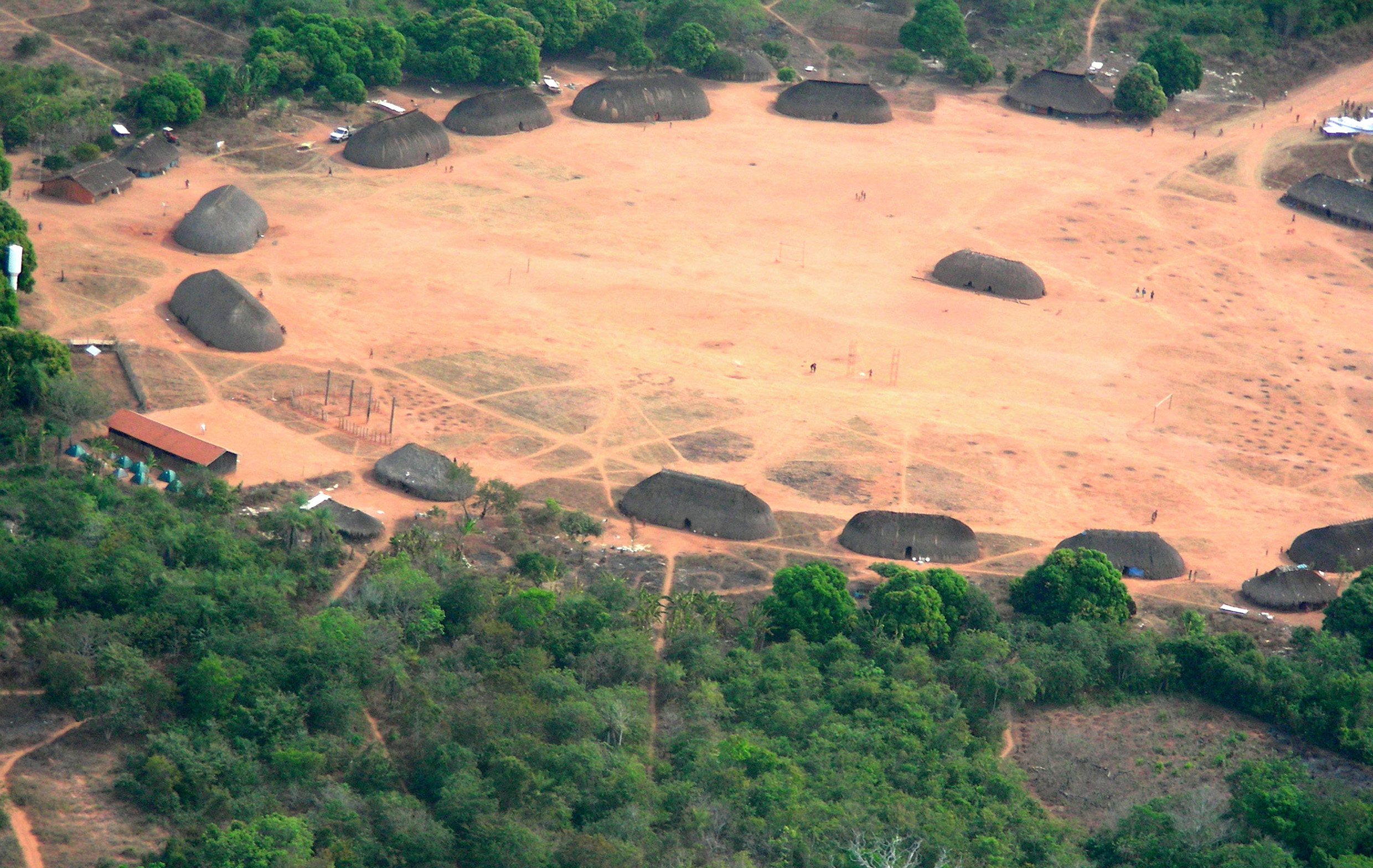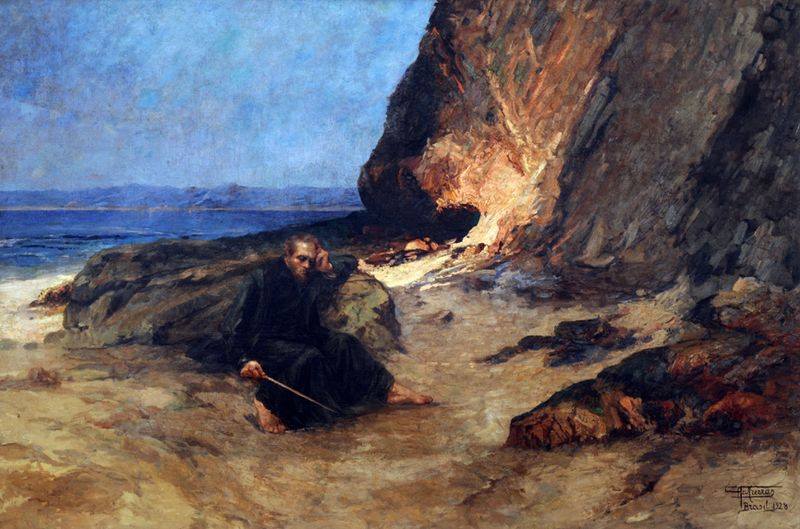|
Kuruaya
The Kuruaya people are an indigenous people of Brazil. They live along the tributaries of the lower Xingu River in the state of Pará. Currently there are approximately 159 living in their indigenous territory, the Kuruaya Indigenous Area. ''Protected Planet.'' Retrieved 18 April 2012 Names The Kuruaya are also known as the Caravare, Curuaia, Kuruaia, or Xipaia-Kuruaia people.Language The Kuruaya language is a , which belongs to the |
Kuruaya Indigenous Area
The Kuruaya people are an indigenous people of Brazil. They live along the tributaries of the lower Xingu River in the state of Pará. Currently there are approximately 159 living in their indigenous territory, the Kuruaya Indigenous Area. ''Protected Planet.'' Retrieved 18 April 2012 Names The Kuruaya are also known as the Caravare, Curuaia, Kuruaia, or Xipaia-Kuruaia people.Language The is aMunduruku language
Munduruku is a Tupi ...
[...More Info...] [...Related Items...] OR: [Wikipedia] [Google] [Baidu] |
Kuruaya Language
Kuruáya is a nearly extinct Tupian language of the state of Pará, in the Amazon region of Brazil Brazil ( pt, Brasil; ), officially the Federative Republic of Brazil (Portuguese: ), is the largest country in both South America and Latin America. At and with over 217 million people, Brazil is the world's fifth-largest country by area .... References External links * Tupian languages Endangered Tupian languages {{tupian-lang-stub ... [...More Info...] [...Related Items...] OR: [Wikipedia] [Google] [Baidu] |
Munduruku Language
Munduruku is a Tupi language spoken by 10,000 people in the Tapajós River basin in north central Brazil, of which most of the women and children are monolingual. Gomes (2006) points out that Munduruku is one of the languages of the Tupian family and constitutes, together with Kuruaya, the Munduruku linguistic branch ..The Portuguese language has made significant inroads among the Munduruku. Some loss of the Munduruku language is occurring among those who live in the area of the Madeira River and in the outskirts of the towns next to the Tapajós River; however, the situation is not as bad as it seems, as even here, the language of the majority of is Munduruku, and bilingualism only takes place after Munduruku has already been acquired (around 10 years of age), usually as a result of learning Portuguese at school. Those who live in the villages of the Tapajós River valley speak only Munduruku, even in the presence of non-indigenous people. There are elementary schools located ... [...More Info...] [...Related Items...] OR: [Wikipedia] [Google] [Baidu] |
Portuguese Language
Portuguese ( or, in full, ) is a western Romance language of the Indo-European language family, originating in the Iberian Peninsula of Europe. It is an official language of Portugal, Brazil, Cape Verde, Angola, Mozambique, Guinea-Bissau and São Tomé and Príncipe, while having co-official language status in East Timor, Equatorial Guinea, and Macau. A Portuguese-speaking person or nation is referred to as " Lusophone" (). As the result of expansion during colonial times, a cultural presence of Portuguese speakers is also found around the world. Portuguese is part of the Ibero-Romance group that evolved from several dialects of Vulgar Latin in the medieval Kingdom of Galicia and the County of Portugal, and has kept some Celtic phonology in its lexicon. With approximately 250 million native speakers and 24 million L2 (second language) speakers, Portuguese has approximately 274 million total speakers. It is usually listed as the sixth-most spoken language, the third-most sp ... [...More Info...] [...Related Items...] OR: [Wikipedia] [Google] [Baidu] |
Indigenous People Of Brazil
Indigenous peoples in Brazil ( pt, povos indígenas no Brasil) or Indigenous Brazilians ( pt, indígenas brasileiros, links=no) once comprised an estimated 2000 tribes and nations inhabiting what is now the country of Brazil, before European contact around 1500. Christopher Columbus thought he had reached the East Indies, but Portuguese Vasco da Gama had already reached India via the Indian Ocean route, when Brazil was colonized by Portugal. Nevertheless, the word ("Indians") was by then established to designate the people of the New World and continues to be used in the Portuguese language to designate these people, while a person from India is called in order to distinguish the two. At the time of European contact, some of the Indigenous people were traditionally semi-nomadic tribes who subsisted on hunting, fishing, gathering and migrant agriculture. Many tribes suffered extinction as a consequence of the European settlement and many were assimilated into the Brazilian po ... [...More Info...] [...Related Items...] OR: [Wikipedia] [Google] [Baidu] |
Xingu River
The Xingu River ( ; pt, Rio Xingu, ; Mẽbêngôkre: ''Byti'', ) is a river in north Brazil. It is a southeast tributary of the Amazon River and one of the largest clearwater rivers in the Amazon basin, accounting for about 5% of its water. __TOC__ Description and history The first Indigenous Park in Brazil was created in the river basin by the Brazilian government in the early 1960s. This park marks the first indigenous territory recognized by the Brazilian government and it was the world's largest indigenous preserve on the date of its creation. Currently, fourteen tribes live within Xingu Indigenous Park, surviving on natural resources and extracting from the river most of what they need for food and water. The Brazilian government is building the Belo Monte Dam, which will be the world's third-largest hydroelectric dam, on the Lower Xingu. Construction of this dam is under legal challenge by environment and indigenous groups, who assert the dam would have negative enviro ... [...More Info...] [...Related Items...] OR: [Wikipedia] [Google] [Baidu] |
Pará
Pará is a Federative units of Brazil, state of Brazil, located in northern Brazil and traversed by the lower Amazon River. It borders the Brazilian states of Amapá, Maranhão, Tocantins (state), Tocantins, Mato Grosso, Amazonas (Brazilian state), Amazonas and Roraima. To the northwest are the borders of Guyana and Suriname, to the northeast of Pará is the Atlantic Ocean. The capital and largest city is Belém, which is located at the mouth of the Amazon. The state, which is home to 4.1% of the Brazilian population, is responsible for just 2.2% of the Brazilian GDP. Pará is the most populous state of the North Region, Brazil, North Region, with a population of over 8.6 million, being the ninth-most populous state in Brazil. It is the second-largest state of Brazil in area, at , second only to Amazonas (Brazilian state), Amazonas upriver. Its most famous icons are the Amazon River and the Amazon Rainforest. Pará produces Natural rubber, rubber (extracted from natural rubber tree ... [...More Info...] [...Related Items...] OR: [Wikipedia] [Google] [Baidu] |
Indigenous Territory (Brazil)
In Brazil, an indigenous territory or indigenous land ( pt, Terra Indígena , TI) is an area inhabited and exclusively possessed by indigenous people. Article 231 of the Brazilian Constitution recognises the inalienable right of indigenous peoples to lands they "traditionally occupy"Defined as those lands "on which they live on a permanent basis, those used for their productive activities, those indispensable to the preservation of the environmental resources necessary for their well-being and for their physical and cultural reproduction, according to their uses, customs and traditions."Federal Constitution of BrazilChapter VII Article 231. and automatically confers them permanent possession of these lands. In practice, however, a multi-stage demarcation process is required for a TI to gain full protection, and this has often entailed protracted legal battles. Even after demarcation, TIs are frequently subject to illegal invasions by settlers and mining and logging companies. T ... [...More Info...] [...Related Items...] OR: [Wikipedia] [Google] [Baidu] |
Tupi Language
Old Tupi, Ancient Tupi or Classical Tupi (also spelled as Tupí) is an extinct Tupian language which was spoken by the aboriginal Tupi people of Brazil, mostly those who inhabited coastal regions in South and Southeast Brazil. It belongs to the Tupi–Guarani language family, and has a written history spanning the 16th, 17th, and early 18th centuries. In the early colonial period, Tupi was used as a ''lingua franca'' throughout Brazil by Europeans and aboriginal Americans, and had literary usage, but it was later suppressed almost to extinction. Today, only one modern descendant is living, the Nheengatu language. The names Old Tupi or classical Tupi are used for the language in English and by modern scholars (it is referred to as in Portuguese), but native speakers called it variously "the good language", "common language", "human language", in Old Tupi, or, in Portuguese, "general language", "Amazonian general language", "Brazilian language". History Old Tupi was firs ... [...More Info...] [...Related Items...] OR: [Wikipedia] [Google] [Baidu] |
Indigenous Peoples In Brazil
Indigenous peoples in Brazil ( pt, povos indígenas no Brasil) or Indigenous Brazilians ( pt, indígenas brasileiros, links=no) once comprised an estimated 2000 tribes and nations inhabiting what is now the country of Brazil, before European contact around 1500. Christopher Columbus thought he had reached the East Indies, but Portuguese Vasco da Gama had already reached India via the Indian Ocean route, when Brazil was colonized by Portugal. Nevertheless, the word ("Indians") was by then established to designate the people of the New World and continues to be used in the Portuguese language to designate these people, while a person from India is called in order to distinguish the two. At the time of European contact, some of the Indigenous people were traditionally semi-nomadic tribes who subsisted on hunting, fishing, gathering and migrant agriculture. Many tribes suffered extinction as a consequence of the European settlement and many were assimilated into the Brazilian po ... [...More Info...] [...Related Items...] OR: [Wikipedia] [Google] [Baidu] |




